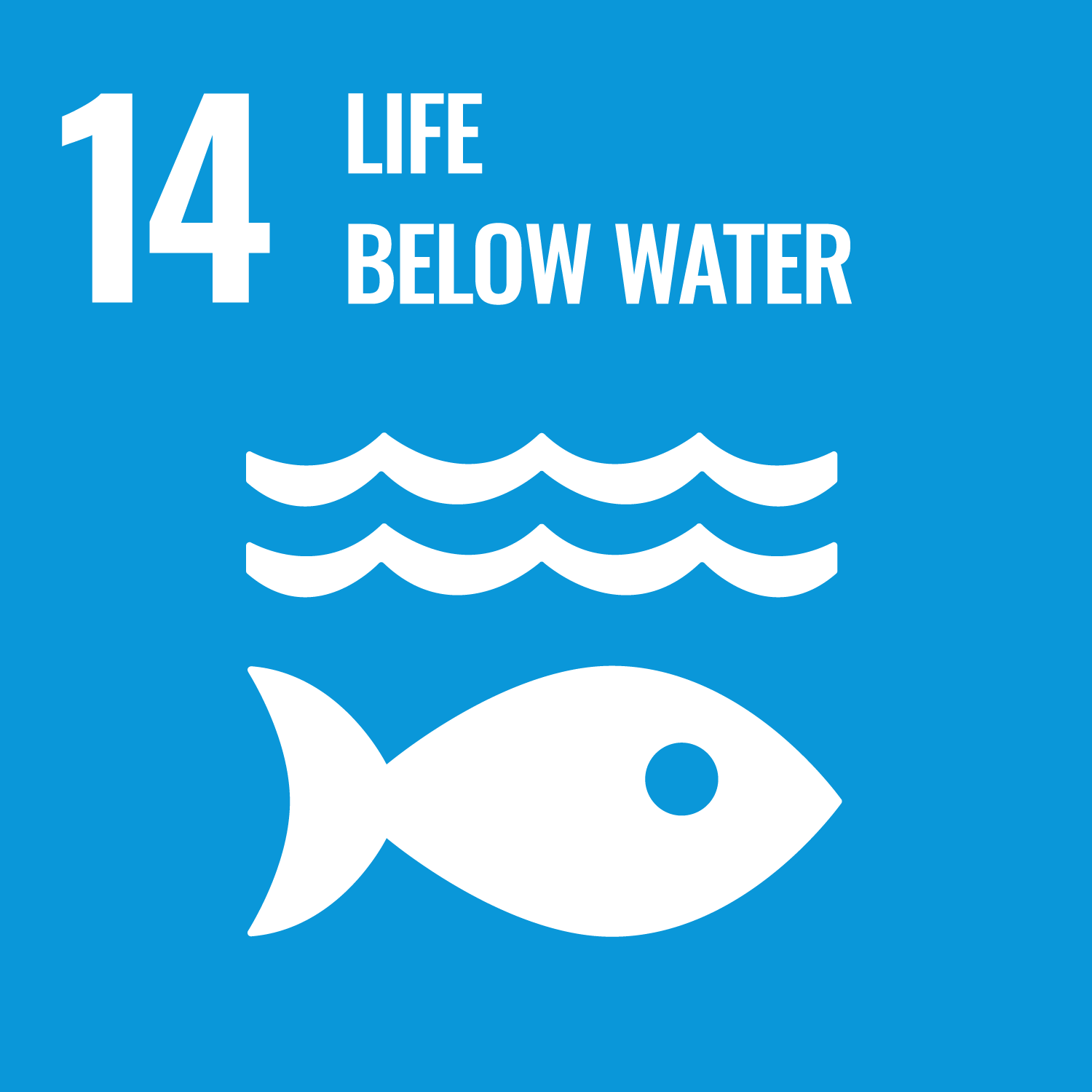Monitoring the health of aquatic ecosystems. Monitor the health of aquatic ecosystems.
Monitoring the health of aquatic ecosystems involves assessing various indicators to understand the overall condition and detect any changes or threats. Key indicators include physical parameters like water levels and flood frequency, chemical parameters such as water quality, and biological indicators including the health of fish, benthic invertebrates, and aquatic vegetation. Regular monitoring helps identify pollution sources, track the impacts of human activities, and guide conservation efforts to maintain or restore ecosystem health. This approach ensures that aquatic ecosystems can continue to support biodiversity and provide essential services to humans and wildlife.
At UniSC, several initiatives exemplify this approach:
- The Coastal Health Report - a joint project with the Sunshine Coast Council, monitors the health of beaches, headlands, lower estuaries, and coastal lagoons. This program assesses everything from fish populations to the physical processes linking different parts of the ecosystem, providing invaluable data for both coastal managers and the community. The report provides a baseline for the long-term monitoring of the coast as part of Council’s Environment and Liveability Strategy target to maintain and improve the health of our coast to good or excellent grade by 2041.
- UniSC’s water management practices on campus, such as the use of recycled water for irrigation and cooling systems, demonstrate a commitment to sustainable water use and the protection of local aquatic environments. These efforts not only conserve water but also reduce the impact on natural water bodies, ensuring the health of aquatic ecosystems in the region.
Summary
These projects highlight UniSC’s commitment to addressing water-related challenges through innovative research and sustainable practices.

